Call to end child labour in Nepal
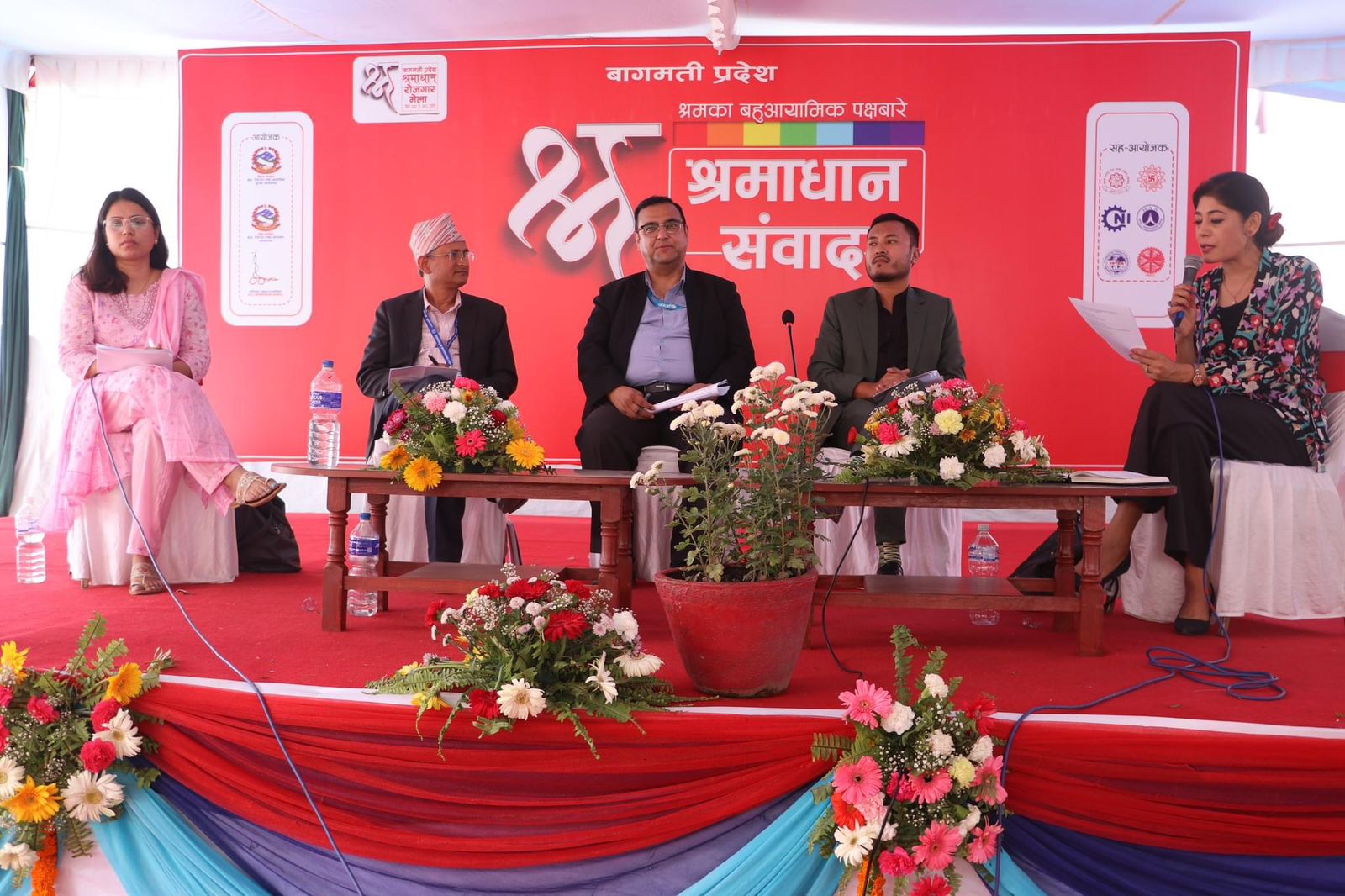
Kathmandu: Experts and rights advocates on Tuesday underscored the need for measures to effectively eliminate and prevent child labour in Nepal.
Participants of Shramadhan Sambad, a discussion series organized by the Ministry of Labour, Employment and Social Security, demanded that the government take concrete steps to abolish child labour and safeguard child rights.
Despite the government’s establishment of laws and regulations to eliminate and prevent child labour, the effectiveness of these legal measures remains in question.
Ram Prasad Gautam, a child protection officer at UNICEF, stated that effective implementation of legal provisions requires strong commitment from the state. Effective implementation is interlinked with many factors, including setting up structures, allocating sufficient resources, providing effective services, and introducing programs aligned with legal provisions.
Narayan Bhattarai, National Project Manager at the International Labor Organisation (ILO), shared information about major international instruments, including ILO Convention 138 on Minimum Age and Convention 182 on the Worst Forms of Child Labor. Convention 138 was ratified by the government of Nepal in 1996, and Convention 182 in 2002. Additionally, Nepal became a signatory of the Convention on the Rights of the Child in 1990.
“The commitments should be backed by efforts such as eradicating poverty, ensuring quality education, and implementing social security measures to translate international pledges into action,” he added.
“What we need to realize is that we have plans and strategies, but for these to work, we need both social and political will. This includes greater collaboration with like-minded government agencies, stakeholders, CSOs, media, academia, and most importantly, children,” said Ayush Joshi.
“At Save the Children, we constantly advocate that for policies and plans on children to be effective, we must consider their lived experiences and ensure their voices and opinions are heard and respected. Our policies, plans, and strategies need to be child-informed and ensure the meaningful participation of children directly and indirectly impacted by child labor. Furthermore, we need to reconsider and evaluate if our policies and strategies are viewed from an intersectional lens, as children from underrepresented groups are more vulnerable. Therefore, our approach to addressing child labor shouldn’t be siloed and should consider new trends, such as children’s and young people’s access to digital spaces, and how this has created an entry point to the labor market, and the far-reaching impact of climate change on child labor,” Joshi added.
Inter-governmental and departmental coordination is key. The National Child Rights Council, the Ministry of Labor, Employment and Social Security, the Ministry of Home Affairs, the Ministry of Women, Children and Senior Citizens, and the Ministry of Law, Justice and Parliamentary Affairs must work in tandem to effectively monitor the labor situation and mobilize resources to support rescue and rehabilitation efforts, he said.
Despite the government’s commitment to ending the worst forms of child labor, children in Nepal are still subjected to severe exploitation, including commercial sexual exploitation, according to Pragya Lamsal, Knowledge Sharing Manager at Adara Development.
Presenting her insights on her engagement in a recent participatory action research project, she noted: “Children from families below the poverty line are particularly vulnerable to risks. When families face financial difficulties, children often seek work to support their parents.”
There are multiple causes of child labour, including its worst forms, she said, adding that responsible agencies should address these interlinked causes for effective intervention. She also highlighted the need to recognize the multidimensional nature of child labour issues and to put forth efforts accordingly.







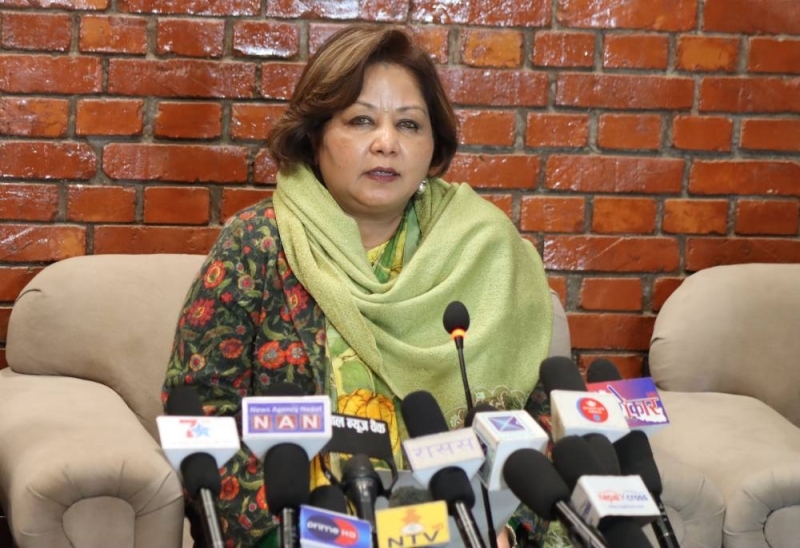


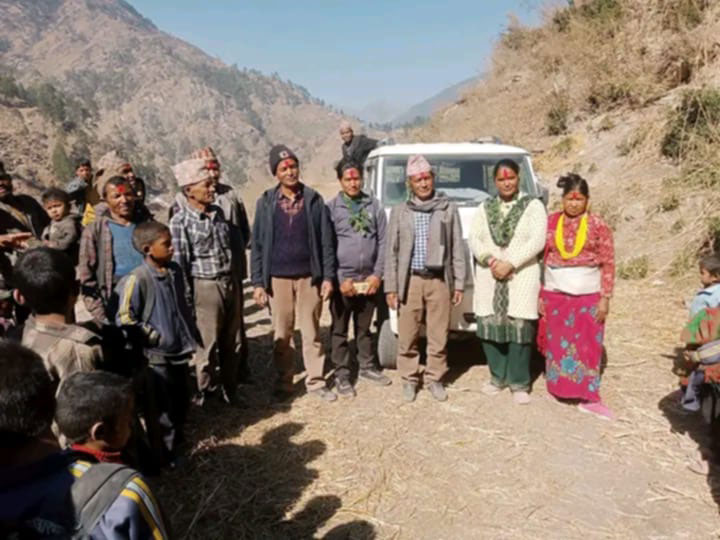

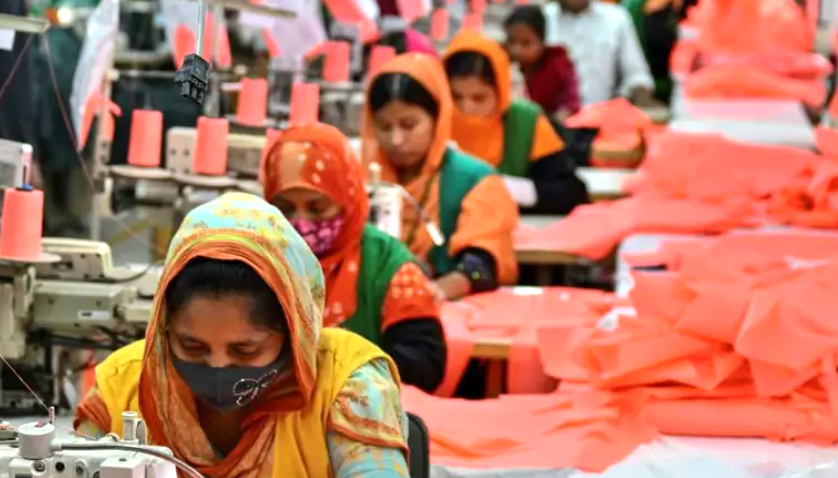
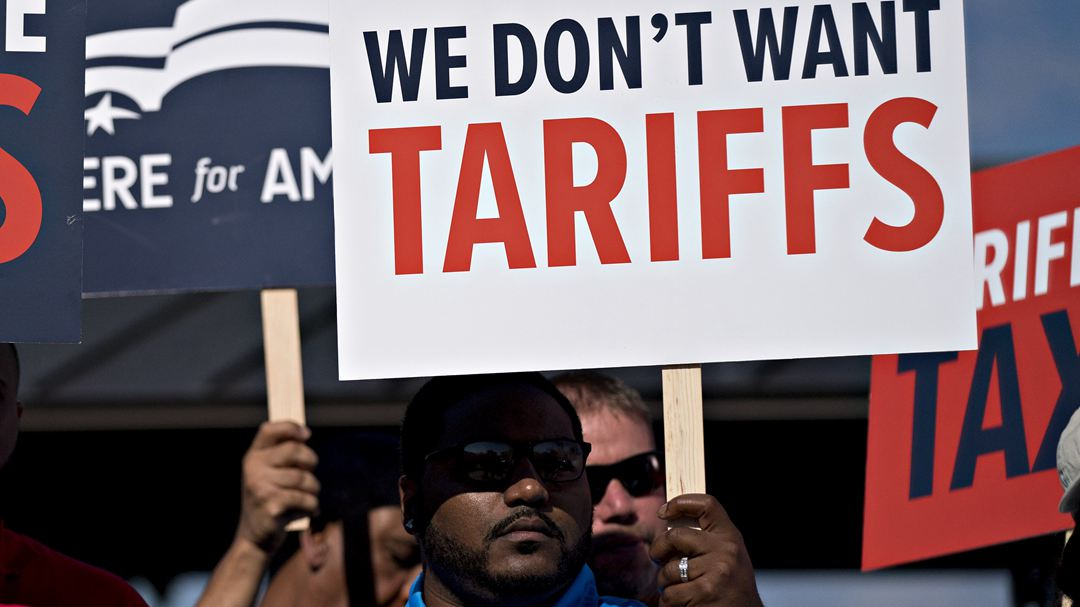





Facebook Comments